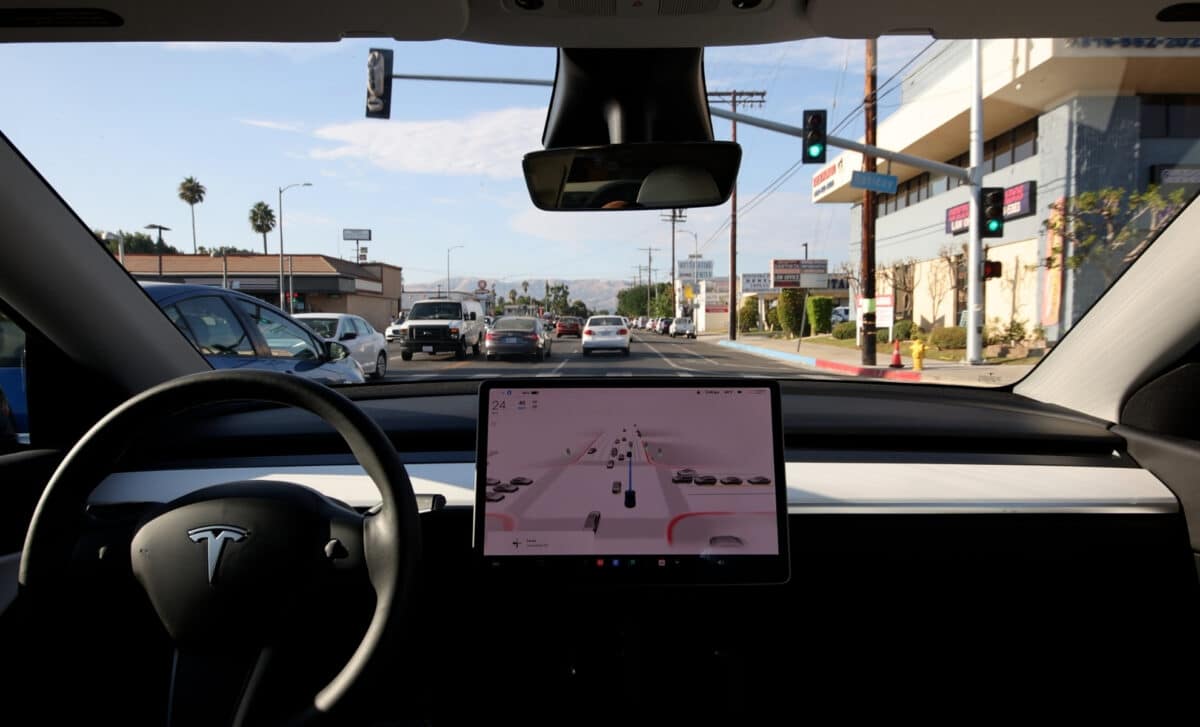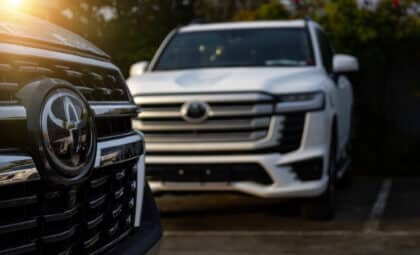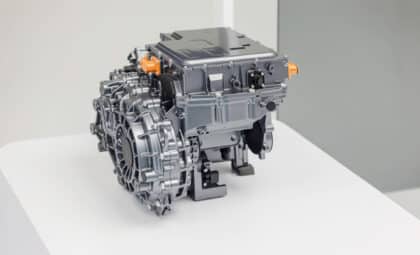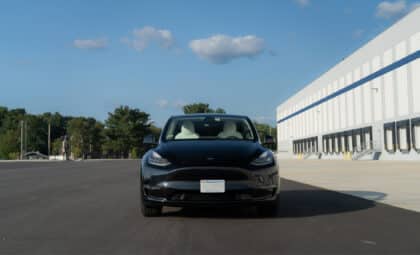At the International Conference on Computer Vision (ICCV) held from October 19 to 23, 2025, Ashok Elluswamy, Tesla’s head of artificial intelligence, discussed the inner workings of Tesla’s Full-Self-Driving (FSD) system.
This presentation provided valuable insight into how Tesla’s autonomous driving technology operates. Tesla’s FSD system has gained attention not only for its progress but also for the company’s unique approach to autonomous driving, particularly its reliance on a neural network-driven architecture.
Neural Network and Vision-Only Approach
Tesla’s FSD technology operates primarily through a neural network, which processes data from cameras installed around the vehicle. Since 2021, Tesla has opted for a “Vision Only” philosophy, abandoning the use of LiDAR and other sensors commonly employed by competitors. The system processes visual data captured by multiple cameras and combines this with other inputs like the vehicle’s speed, audio signals, and navigation data. According to Ashok Elluswamy, this “end-to-end” neural network allows the system to learn from real-world data, rather than relying on pre-programmed human values or rigid rule sets.
Elluswamy emphasized that the neural network’s ability to make decisions based on visual information enables the system to better understand complex environments in a manner similar to how humans navigate roads. By using the camera system as its primary sensory input, Tesla’s approach contrasts with other autonomous driving technologies that incorporate a range of sensors like LiDAR.
The Role of Data and Feedback in System Training
Ashok Elluswamy further explained that the FSD system continuously improves by processing data gathered from Tesla vehicles on the road. This method allows the system to refine its decision-making capabilities through real-world feedback. Tesla vehicles equipped with FSD collect vast amounts of driving data, which is then used to enhance the system’s performance, making it more responsive to various driving scenarios.
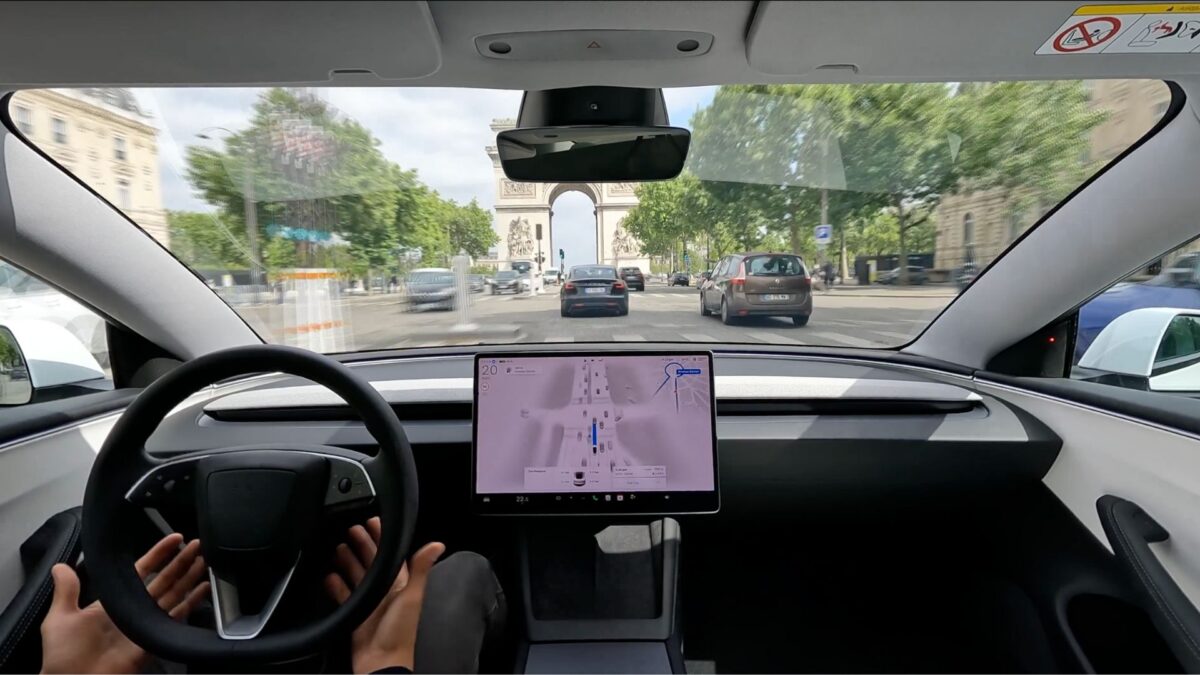
This data-driven approach has been a key factor in Tesla’s ability to advance its autonomous driving technology. The more data the system processes, the better it becomes at making decisions that align with human driving behavior. The process is largely autonomous, with little human intervention required once the data is collected.
Tesla’s vision-only strategy, alongside its continuous data collection and feedback loop, positions the company at the forefront of autonomous driving technology, according to Ashok Elluswamy’s statements at the ICCV.

